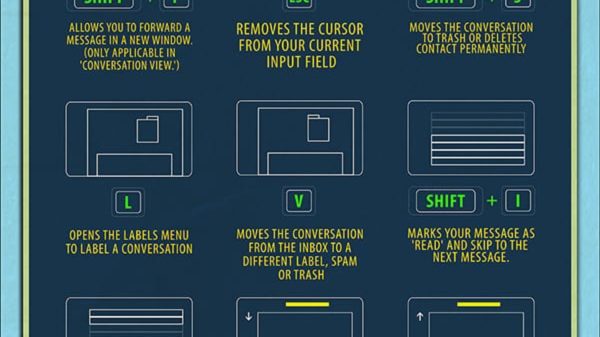Relationships
Nowhere is the need for professional commitment and personal integrity as high as in the health care profession. While professionalism is certainly difficult to define, it encompasses several distinct criteria such as respect, empathy, understanding, courtesy, competency and dedication. Medical assistants are dealing with people and their illnesses and health care worries and therefore must develop and maintain personal traits that foster and promote good rapport, trust, respect and communication. Knowledge, empathy and mature judgment should rule the care provided.
Chapter 4
Interpersonal communication differs from other forms of communication in that there are few participants involved, the interactions are in close physical proximity to each other, there are many sensory channels used and feedback is immediate.
The medical assistant’s commitment to understanding this concept of seeing the individual as a person is the key to creating good interpersonal relationships. Simply stated, their interpersonal relationships are the result of how medical assistants regard and respond to people. Many elements influence the development of that regard and those responses. In the paragraphs that follow, some of these elements will be discussed as they apply to their involvement in health care and patients.
Knowledge, empathy and mature judgment should guide the care provided to any patient. This is especially crucial when the care involves touching. As a member of the health care team, medical assistants are responsible for providing complete, quality care to those who need and seek their service. This care must also be provided in a manner compatible with their technical capabilities.
- Common sense dictates that when medical assistants care for a patient, sensitivity to both verbal and nonverbal communication is paramount. Remember: a grin, a frown, or an expression of surprise may all be misinterpreted by the patient.
- Explanations and reassurances will go far in preventing misunderstandings of actions or intentions.
THE OPPOSITE SEX
In today’s modern society, medical assistants will encounter many situations where they are responsible for the care and treatment of patients of the opposite sex. When medical assistants treat patients of the opposite sex, they must always conduct themselves in a professional manner. There are specific guidelines when it comes to care and treat patients of the opposite sex to ensure the professional conduct is not called into question:
A standby should be present when a medical assistant is in the treatment or examination room rendering care to a member of the opposite sex. Whether this standby is a member of the same sex as the patient may be dictated by the availability of personnel. (Likewise, a medical assistant will be asked by the physician to stand by during a breast or vaginal exam, if the physician is a male.)
Examinations of patients of the opposite sex should be performed in the presence of a chaperon, if the patient expresses any discomfort. For example, if the doctor who performs a pelvic or breast exam on a female patient is a man, a female chaperon, such as a female medical assistant should be present in the examination room during the exam. If the doctor who performs a urogenital procedure on a male patient is a woman, a chaperon, preferably a male medical assistant should be present in the examination room.
ETHIC BACKGROUND
It is both the moral and legal responsibility of the medical assistant to render services with respect for the life and human dignity of the individual without regard to skin color, creed, gender, political views, or social status. Racial identification has the potential to create a negative environment in the health care setting. When this is permitted to occur, an environment that feeds a multitude of social illnesses and destructive behaviors develops.
In a medical office or clinic, no expressions or actions based on prejudicial attitudes should ever occur. However, when obtaining information related to heritage and ethnic background it can be an asset to the medical assistant in assessing the patient’s needs, since certain groups of individuals may share traits that make them prone to certain illnesses. Information identifying ethnic affiliation can be very useful when carrying out direct-care activities, and planning and implementing patient education programs.
CULTURE
Because of the multi-and cross cultural nature of this society, and consequently of a medical office or clinic, medical assistants will frequently encounter members of various cultures. Culture is defined as a group of socially learned, shared standards (norms) and behavior patterns. Concepts such as perceptions, values, beliefs, and goals are examples of shared norms. In addition, apparel, eating habits, and personal hygiene reflect common behavior patterns of specific groups of people.
An understanding of common norms and behavior patterns enhances the quality and often the quantity of service a provider is able to make available. An individual’s cultural background has an effect on every area of health care service, ranging from a simple technical procedure to the content and effectiveness of health education activities. Becoming familiar with the beliefs and practices of different cultural and subcultural groups is not only enriching to the medical assistant, but also promotes an understanding and acceptance of the various peoples in the world community.
Advance To Next Chapter: Patient Education
NOTE: Continue only after reading this and the previous lessons!

















